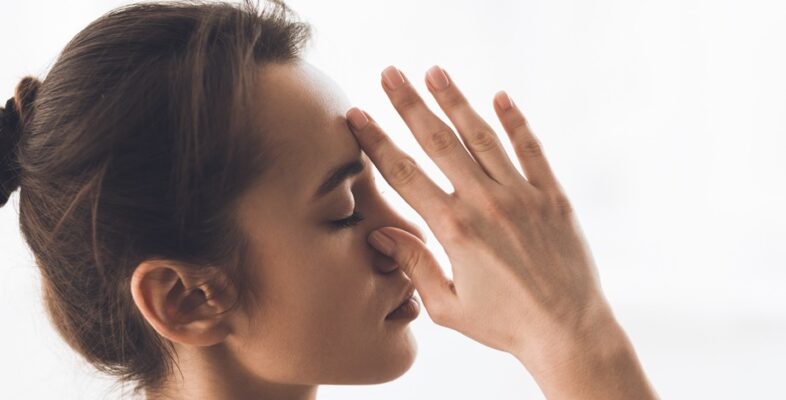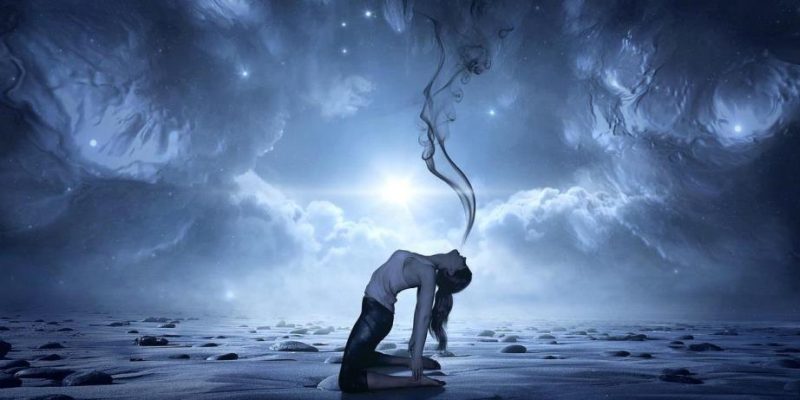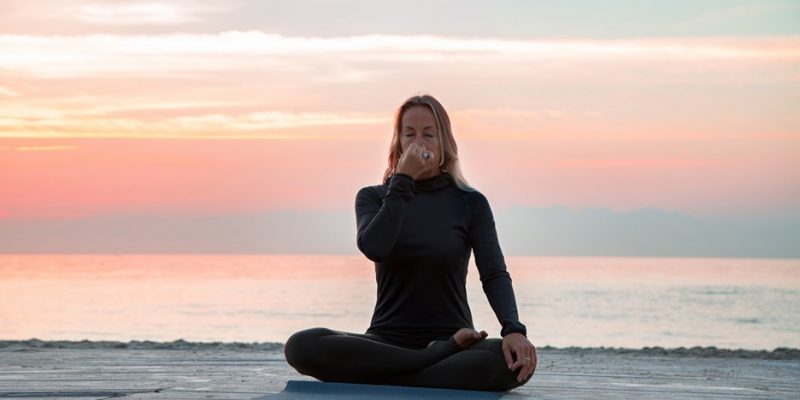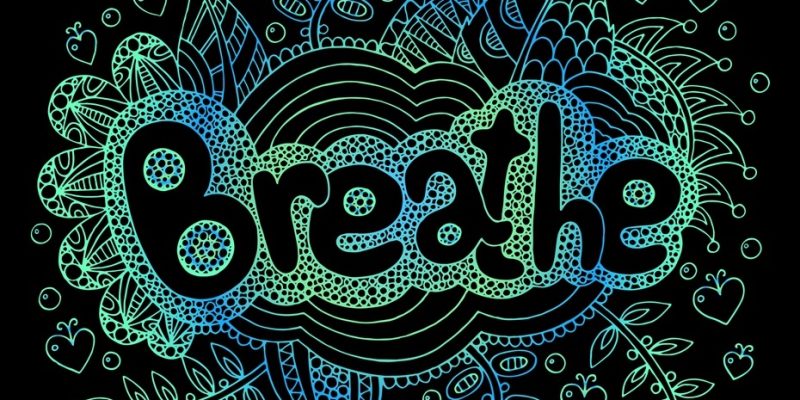
In the 1970s and 1980s, psychologist Gay Hendricks and his wife Kathlyn developed the breath-focused transformational and healing technique which today is known as Radiance Breathwork.

The primary aim of Radiance Breathwork is to encourage the breather to explore their unconscious emotions and traumas, release the negative energy and feelings attached to those, and come out the process renewed, revived, and “radiant.” As such the goal is to substantially improve emotional well-being of the participant.
The breathwork sessions are typically applied in combination with body-oriented i.e. somatic psychotherapy techniques, inspired by the work of body-centered psychologists and breathwork pioneers, such as Wilhelm Reich, Leonard Orr, Alexander Lowen, and John Pierrakos.
Just like many other types of breathwork, Radiance Breathwork can be performed in both one-on-one and group work sessions. Typically, participants will lie down, after which the process, goals, and intentions of a session are reviewed, and questions are answered.

Initially, breathing is done through the mouth until participants are relaxed, and breath and energy can flow freely. Once a comfortable rhythm, style, and frequency of breathing are found the idea is that the participant lets go of conscious control and works with the physical, emotional, and spiritual phenomena that come up.
Music, touch, and bodywork may be used to support release of energy blockages and Catharsis (deep emotional release). Subsequently, it’s thought that by moving through one’s emotional material and behavioral patterns one can integrate the experiences in one’s personality.
A session commonly ends when the breather experiences peace or bliss — feels “radiant,” or simply when the breather feels that it’s the right time to stop. As a rule, participants will then engage in a cool-down activity to again feel stable and grounded after the “psychedelic experience.”















